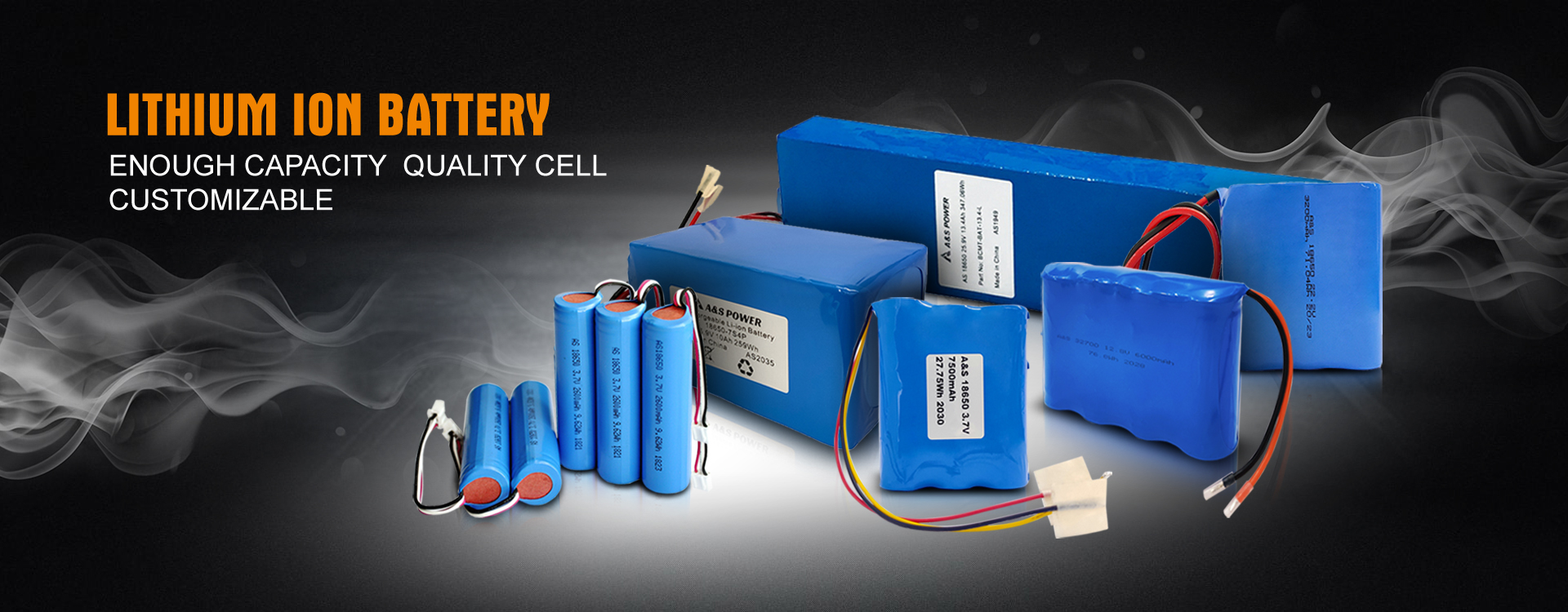Lithium ion problem cause' analysis and solution (2)
2021-07-02
The battery has lost power after spot welding
The voltage of the aluminum shell core after spot welding is lower than 3.7V, generally because the spot welding current has roughly broken down the internal diaphragm of the core, causing the voltage to drop too quickly.
Normally, the spot welding position is incorrect, and the correct spot welding spot should be spot welded on the bottom or marked with “A” or “—”. No side and large marks can be spot welded. In addition, some spot welding nickel strips are poor in weldability, so they must be used for spot welding of a large current, so that the internal high-temperature tape cannot work, causing an internal short circuit in the battery core.
The battery power loss after spot welding is also partly due to the self-discharge of the battery itself.
Battery explosion
Battery explosion generally occurs in the following situations:
1. Overcharge explosion
Loss of control of the protection circuit or loss of control of the detection cabinet causes the charging voltage to be greater than 5V, causing decomposition of the electrolyte, violent reaction inside the battery, and rapid rise in the internal pressure of the battery.
The battery exploded.
2. Overflow explosion
If the protection circuit is out of control or the control cabinet is out of control, the charging current is so large that lithium ions are too late to be embedded, and lithium metal is formed on the surface of the pole piece, penetrating the diaphragm, and the positive and negative poles short-circuit directly to cause explosion (infrequently).
3. Explosion when ultrasonic welding plastic shell
Ultrasonic welding plastic shell, due to equipment reasons to make ultrasonic energy transfer to the battery core, the ultrasonic energy is very large so that the battery internal membrane melting, positive and negative direct short circuit, resulting in an explosion.
4. Explosion when spot welding
The excessive current during spot welding causes serious internal short circuit explosion. In addition, the positive connection piece is directly connected to the negative electrode during spot welding, and the positive and negative electrodes are directly short-circuited and then exploded.
5. Overexplosive
Battery over-discharge or over-current discharge (3C or more) makes it easy for the negative electrode copper foil to be dissolved and deposited on the separator so that positive and negative electrodes can be directly short-circuited to cause explosion (infrequently).
6. Explosion when vibration falls
When the battery is violently vibrated or dropped, the inner pole of the battery is misaligned and directly short-circuited and exploded (rarely occurs).
Battery 3.6V Platform Low
1. Inadequate sampling of the detection cabinet or instability of the detection cabinet results in a low test platform.
2. Low ambient temperature causes the platform to be low (discharge platform is greatly affected by ambient temperature)
VII. Inadequate processing
(1) Forcefully moving the spot welding positive electrode connecting sheet causes poor contact of the positive electrode of the battery core, so that the internal resistance of the battery core is large.
(2) Spot welding joints are not welded firmly, and the contact resistance is large, so that the internal resistance of the battery is large.












